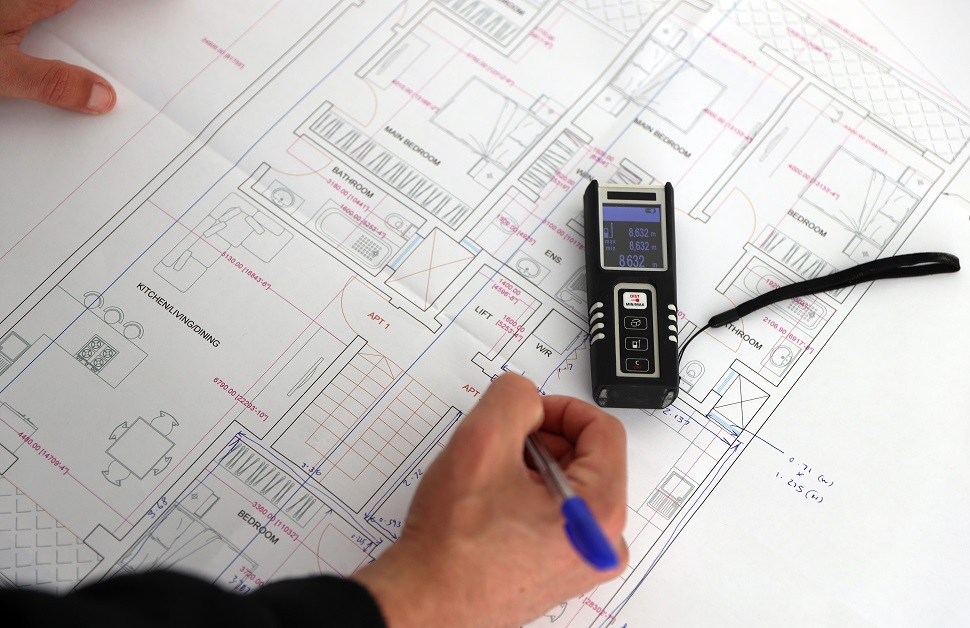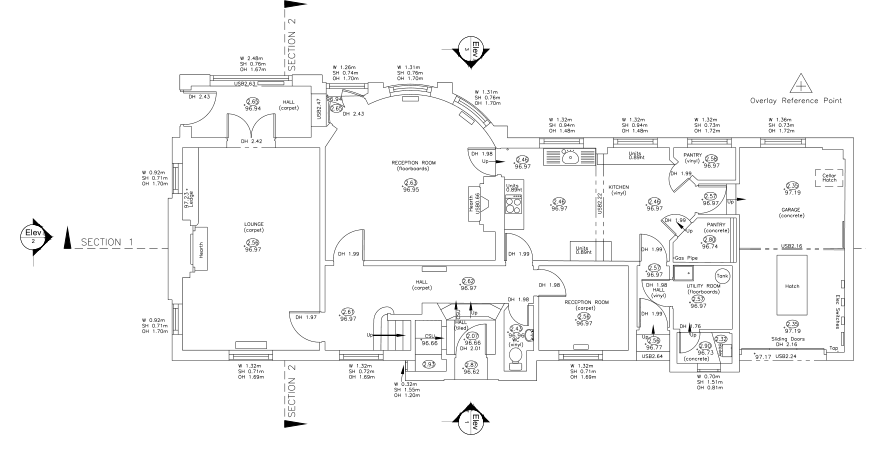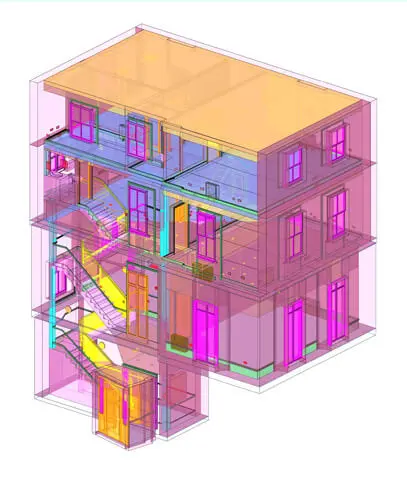The field of measured building surveys has undergone a remarkable transformation in recent years, thanks to the rapid advancement of technology. Traditional methods that relied on manual measurements and paper-based documentation have given way to cutting-edge techniques that leverage the power of lasers, artificial intelligence (AI), and robotics. In this blog, we will delve into the latest advancements in surveying and laser scanning technologies, as well as how AI-driven processing and robotics are shaping the future of measured building surveys.
Laser Scanning: Precision Redefined
One of the most significant developments in measured building surveys is the adoption of laser scanning technology. Laser scanners emit thousands of laser beams per second, creating a highly detailed 3D point cloud of the building or structure being surveyed. This technology offers several advantages:
- Speed and Efficiency: Laser scanning can capture data at an astonishing rate, allowing surveyors to cover large areas quickly. This dramatically reduces the time and cost associated with traditional surveys.
- Accuracy: Laser scanning provides an unparalleled level of precision, ensuring that even the tiniest details of a building are captured with exceptional accuracy. This is crucial for architects, engineers, and construction professionals.
- Safety: Laser scanning eliminates the need for surveyors to enter potentially hazardous areas, such as unstable structures or confined spaces. This enhances safety on construction sites and in industrial environments.
AI-Driven Data Processing: Making Sense of Big Data
While laser scanning generates vast amounts of data, the real challenge lies in extracting meaningful information from this data. This is where artificial intelligence comes into play. AI-driven data processing algorithms can analyze point cloud data, identify structural issues, and even create 3D models automatically. Here’s how AI is revolutionizing measured building surveys:
- Automated Feature Recognition: AI algorithms can recognize and categorize features within point clouds, such as walls, columns, and pipes. This automation simplifies the surveying process and reduces human error.
- Defect Detection: AI can identify structural defects or deviations from the design plan. This helps architects and engineers address issues early in the construction process, saving time and money.
- BIM Integration: Building Information Modeling (BIM) is becoming increasingly prevalent in the construction industry. AI can seamlessly integrate laser scanning data into BIM platforms, creating a comprehensive digital representation of a building.
Robotics in Surveying: A Collaborative Future
Robotics is another technology poised to redefine the future of measured building surveys. Robots equipped with laser scanners and AI capabilities can autonomously navigate through complex environments, collecting data more efficiently than human surveyors. Key benefits of robotics in surveying include:
- Accessibility: Robots can access hard-to-reach areas, such as the interior of ducts or crawl spaces, making it possible to survey every nook and cranny of a building.
- Continuous Monitoring: Robots can be programmed to conduct regular surveys, enabling real-time monitoring of structural integrity and identifying potential issues before they become critical.
- Time and Cost Savings: Robots work tirelessly without the need for breaks, reducing labor costs and surveying time.
Conclusion
The future of measured building surveys is undoubtedly exciting, with laser scanning, AI-driven data processing, and robotics leading the way. These technologies are enabling surveyors, architects, engineers, and construction professionals to work with unprecedented levels of accuracy, efficiency, and safety. As these technologies continue to advance, we can expect even more innovative solutions. And a further evolution in how we measure and understand our built environment. Embracing these emerging technologies will undoubtedly be a game-changer for the construction and surveying industries, paving the way for a smarter, more connected, and sustainable future.






